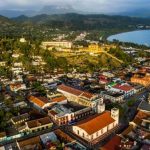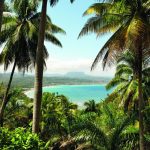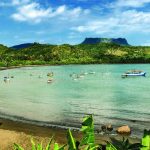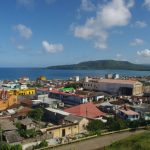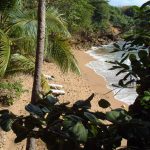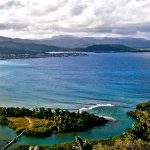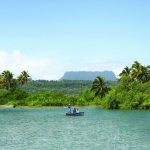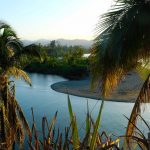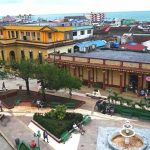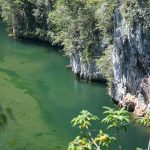Baracoa
You are here for our cycling tours in Cuba, but lets dig deeper
Baracoa is a major reason to make the journey to the harder to reach eastern end of Cuba. For many of the travelers who make it this far, Baracoa is their standout favorite place in Cuba. It is a unique town with a remote location, and small town atmosphere. Most houses are simple wooden structures, and the flat layout of the town makes for an interesting and easy stroll in whichever direction you take. The principal attraction of the town is its stunningly beautiful natural surrounds. Lush verdant mountains, clear freshwater rivers, and beaches of a variety of colours are just some of the features of the surrounding countryside. There are also caves, waterfalls, cocoa farms, coffee plantations, and coconut groves, making this destination a hidden gem for travelers and a veritable paradise nature lovers.
Places to keep in mind
You are here to ride your bicycle, and though there is plenty of that, here are some interesting spots. Many you will visit with us but maybe some are worth you taking your time while you are here.
- Playa Maguana
- Independencia Park
- Majayara park
- El Yunque
- Playa Blanca
- House of Chocolate
- Casa de la Trova
- Nuestra Señora de la Asuncion Cathedral
Brief History
The city of Baracoa is located in the northeastern part of the Cuban province of Guantánamo, between the Bays of Baracoa and Miel. It was the first city set up by Spaniards in Cuba on August 15, 1511 and the headquarters of island’s first Bishop’s office. Named Villa de Nuestra Señora de la Asunción de Baracoa by Spanish conqueror Diego Velázquez, Baracoa is also known as the City of Landscapes, the City of Rains, the City of Mountains, the City of Waters or the capital of wood, coconut and cocoa. Its name means “existence of the sea” in the indigenous language Arauac.
The history of Baracoa, however, did not start on August 15, 1511, but on November 27, 1492, when Christopher Columbus arrived in the area and, amazed by its beauty, wrote in his dairy: “it is the most beautiful thing in the world… because of its trees and freshness, and its crystal clear water, and the birds and beauties.”
There is a unique material evidence of that encounter: La Cruz de la Parra, the cross that Admiral Christopher Columbus planted four days after its arrival in Baracoa and later found by Spanish conqueror Diego Velázquez and its expedition members. It’s the only existing cross of the 29 planted by Columbus during its voyage to the Americas. Its authenticity has been scientifically certified. In the 16th century, Bishop Morell de Santa Cruz ruled that the cross be transferred to one of the altars at the Parish Church of Nuestra Señora de la Asunción de Baracoa, where it can still be admired.
Five centuries have passed and Baracoa still preserves the unequalled beauty that Columbus found in the area. Baracoa’s relief is predominantly mountainous, including El Yunque, a small plateau named like that due to its vertical slopes and flat summit. It is characterized by its biodiversity and its flora and fauna are highly endemic, a natural paradise that immediately seduces nature lovers. 506 years after its founding, Baracoa is one of Cuba’s most subjugating areas. It’s not a great Spanish colonial city characterized by a thrilling architecture and broad avenues or squares, but its streets still preserve their original design and its wooden architecture is unique.
Located at the foot of a clean bay, Baracoa is a very Caribbean city of sinuous streets and happy life. Residents live off forestry, cocoa, coconut and coffee production.
Baracoa can be reached by plane from the Cuban capital or other eastern Cuban cities, such as Guantánamo, also through La Farolad, one of the most beautiful and thrilling roads in the country. It is known as one of the sites where the famous Cuban film Honey for Ochún by renowned Cuban Director Humberto Solás was shot. It was also recently hit by a furious hurricane but its courageous dwellers stood up to restore the beautiful city.
